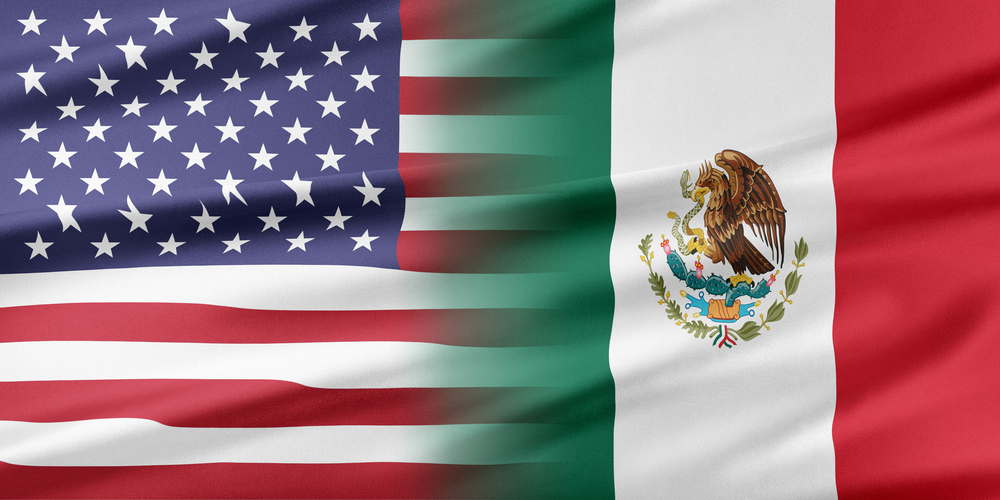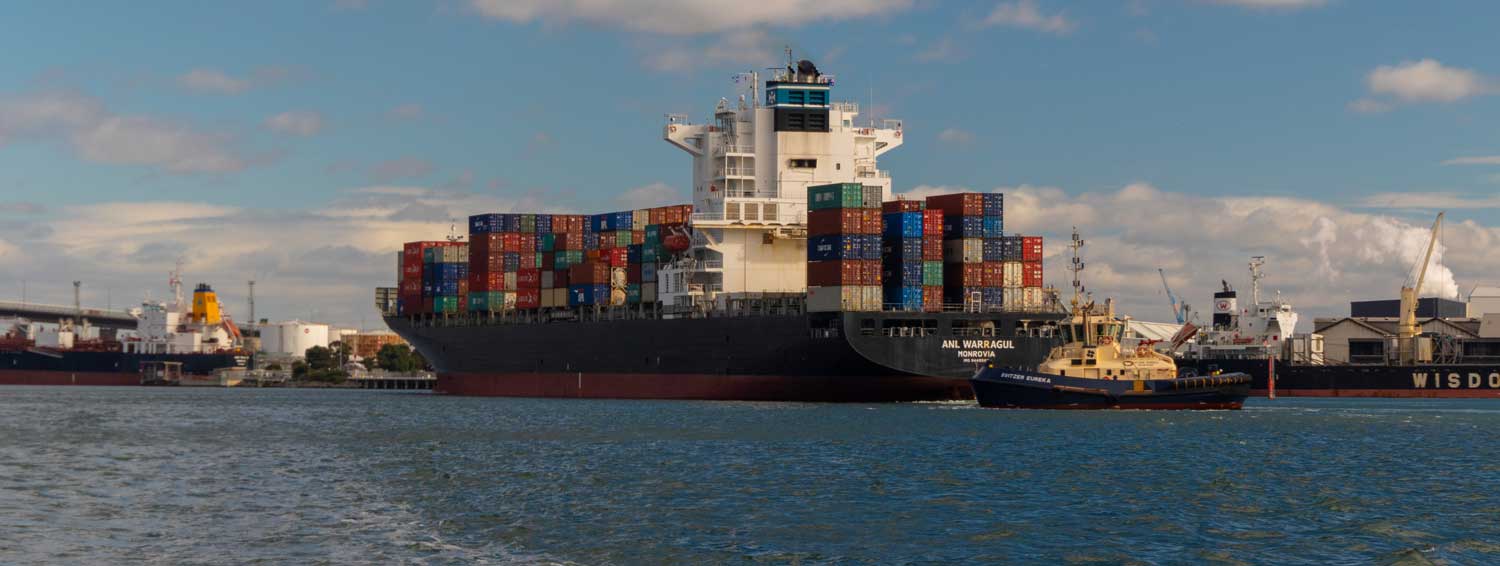Mexico offers several programs designed to help U.S. and Canadian companies manufacture in Mexico more cost-effectively. One of these programs is PROSEC, the Registry of Sector Promotion Programs. Through PROSEC registration, foreign manufacturers can potentially import production inputs under a preferential tariff.
Below, we explain which inputs and industrial sectors qualify for PROSEC registration so that companies can maximize the operational advantages of doing business in Mexico.
What is the PROSEC program in Mexico?
The Mexican government implemented PROSEC (Program of Sectoral Promotion) as a means of overcoming certain challenges faced by international factories, or maquiladoras, in Mexico after the North American Free Trade Agreement (NAFTA) was enacted in 1994.
The maquiladoras’ challenges stemmed from NAFTA’s Article 3, which stated that participants could not waive or reduce import tariffs based on the export of the finished goods to another NAFTA country. While Mexico’s IMMEX program authorizes foreign manufacturers to import production materials duty-free temporarily, it also requires that those materials be exported within a set timeframe.
The PROSEC Program allowed foreign or domestic producers to petition the Mexican government for tariff reduction or elimination regardless of whether the finished product will be sold within Mexico or exported. Through PROSEC, companies can reduce their tariffs from zero to five percent. This advantage helps widen the potential market foreign manufacturers can serve and expands the benefits of doing business in Mexico. However, this program applies only to about 20 industrial sectors – including the production of automotive, textile, and electronic goods.
How does PROSEC work?
Many companies shipping merchandise to a manufacturing plant in Mexico may qualify for tariff-free status on those items. However, certain requirements must be met to ensure businesses in Mexico are aligned with policies set by the U.S.-Mexico-Canada Free Trade Agreement (USMCA), which replaced NAFTA in 2020.
Companies that want to import “originating goods” duty-free into the United States, Canada, and Mexico utilizing USMCA’s preferential benefits must apply to Mexico’s Ministry of Economy for authorization to receive PROSEC benefits. With their application, manufacturers will need to supply supporting documents, including their articles of incorporation, federal taxpayer registry documentation, and property deeds.
In addition, companies will find they must provide customs authorities with a certificate of origin and supporting documentation. Because there is no official government-issued USMCA Certification of Origin, companies can create a certificate that meets customs requirements or work with their shelter partner to create this documentation.
Advantages of PROSEC Rule 8
Regla 8, or Rule 8, is another tool provided by the Mexican government to assist manufacturers. Rule 8 provides preferential tariffs for manufacturers around the import of materials, parts, components, machinery, equipment, and packaging materials that are used to produce and export goods covered under PROSEC. To qualify for Rule 8 treatment, companies must have authorization from Mexico’s Ministry of Economy.
Mexico’s federal government offers other similar strategies to help manufacturers lower the cost of establishing an operation in Mexico. For example, in 2023, Mexico increased the amount of the machinery and equipment deductions companies can take on their corporate income taxes. This impacts several sectors operating under PROSEC, including export companies whose high productivity supports growth for Mexico’s GDP.
This particular measure allows for a depreciation deduction on new machinery and equipment of up to 88% of the expenditure on certain assets in specific activities. It also provides for deductions in training expenses to support the operator workforce.
FAQ: How to Maximize Benefits from PROSEC Mexico under USMCA?
Navigating the complexities of the PROSEC program and leveraging its benefits under the USMCA requires a strategic approach. Follow these steps to ensure your manufacturing operations in Mexico are optimized for cost-effectiveness and compliance.
- Understand PROSEC and Its Scope: Begin by familiarizing yourself with the PROSEC (Program of Sectoral Promotion) program. Recognize that it is designed to reduce or eliminate tariffs on production inputs for specific industrial sectors, including automotive, electronics, and textiles. Understanding the scope of PROSEC is crucial for determining if your manufacturing sector qualifies for these benefits.
- Assess Your Eligibility for PROSEC: Evaluate whether your manufacturing operations and the inputs you require qualify under PROSEC. This involves reviewing the list of inputs and sectors the Mexican government has identified as eligible for tariff reductions or eliminations.
- Compile Necessary Documentation: Gather all required documentation for your PROSEC application. This includes your articles of incorporation, federal taxpayer registry documentation, property deed, and any other documents specified by Mexico’s Ministry of Economy. Accurate and complete documentation is vital for a successful application.
- Align with USMCA Requirements: Ensure your operations align with USMCA stipulations, particularly regarding the importation of "originating goods." This may require adjusting your supply chain or sourcing strategies to meet the rules of origin and other USMCA criteria.
- Apply for PROSEC Benefits: Submit your application for PROSEC benefits to Mexico’s Ministry of Economy, along with all necessary documentation. Be prepared to provide detailed information about your manufacturing operations and how you plan to use the imported inputs.
- Leverage Rule 8 for Additional Advantages: Investigate whether Rule 8 (Regla 8) can offer further tariff benefits for your manufacturing inputs. If applicable, apply for Rule 8 treatment to extend your cost savings on imports of materials, parts, components, and equipment.
- Explore Additional Incentives: Beyond PROSEC, consider other Mexican government incentives that could benefit your manufacturing operations. This includes tax deductions on machinery and equipment, as well as training expense deductions to support your workforce development.
- Utilize Free Trade Agreements: Understand how Mexico’s free trade agreements, including the USMCA, can expand your market reach. These agreements can provide significant advantages for exporting your finished products from Mexico to international markets.
- Seek Expert Guidance: Consult with experts or partner with a shelter service provider who has experience navigating Mexico’s manufacturing incentives and trade agreements. Their expertise can provide valuable insights and streamline the process of maximizing your benefits under PROSEC and the USMCA.
By following these steps, companies can effectively navigate the PROSEC program and leverage the USMCA to enhance their manufacturing operations in Mexico. This strategic approach will help reduce operational costs, ensure compliance with trade agreements, and maximize the potential market for your products.
Mexico’s free trade agreements expand your reach
Free trade – or reduced-duty trade – is good business. In 2022, Mexico and Canada were the top two consumers of U.S. exports, and visa versa. Canada is the country's top export at $366 billion, and Mexico is close behind in second at $324 billion. The top export destinations for Mexico were the U.S. at $421 billion, and Canada at $22 billion. As bilateral trade between Mexico and the United States has more than quadrupled in the last two decades, it’s clear that free trade agreements benefit both sides of the border.
Manufacturers operating in Mexico can also benefit from the country’s additional free trade agreements as well. With more free trade agreements than any other country, Mexico provides manufacturers with a powerful platform from which to export goods around the world.
Learn more about the USMCA and other Mexican Free Trade Agreements here. Or, to explore other cost advantages of operating in Mexico, contact Tetakawi today.
Subscribe
Sign up and stay informed with tips, updates, and best practices for manufacturing in Mexico.






